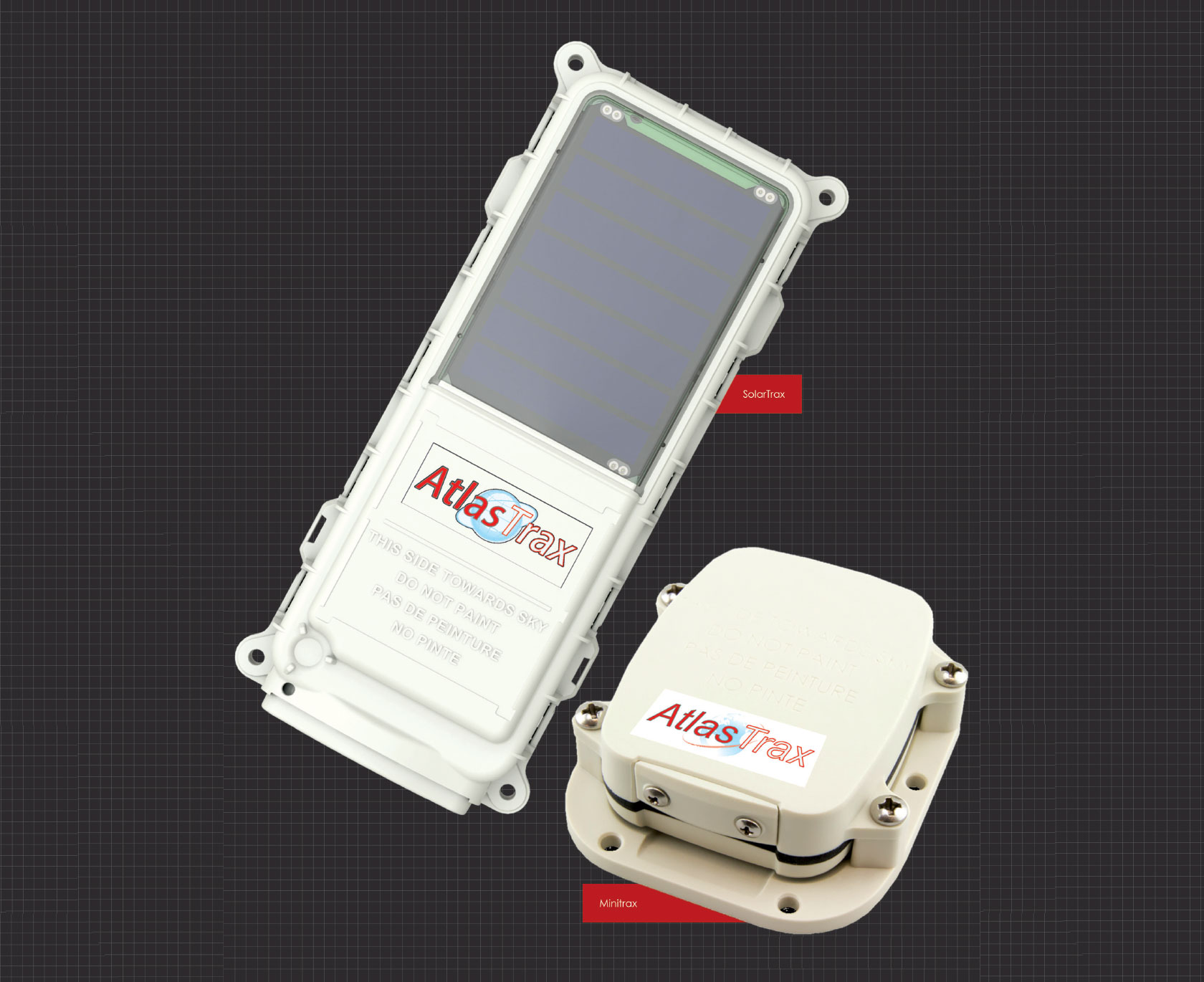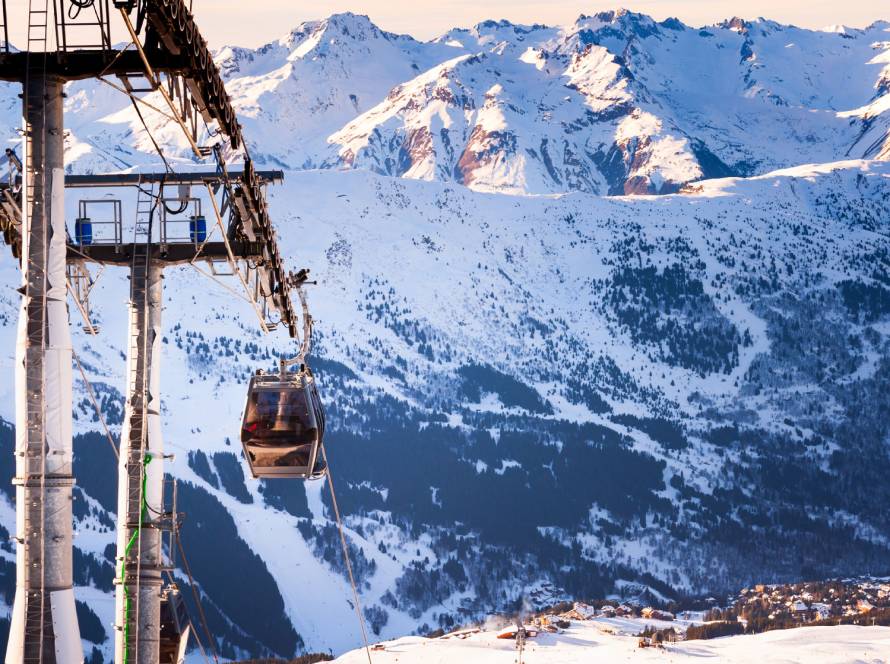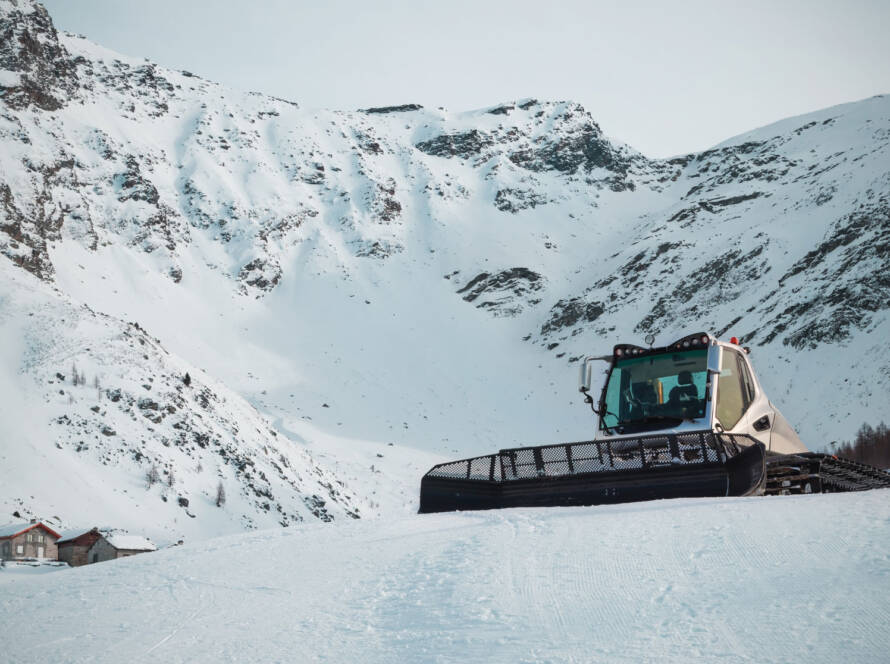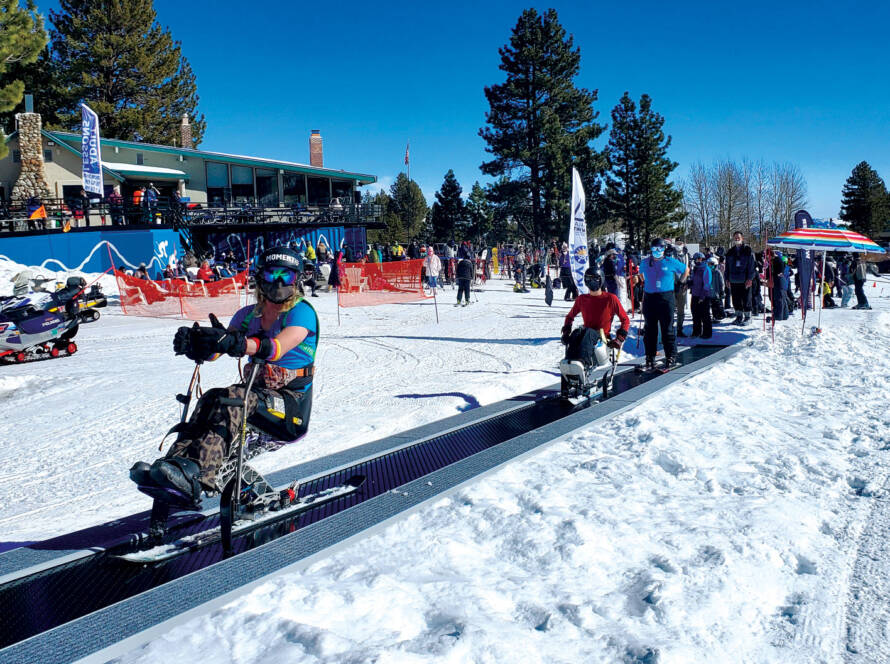AtlasTrax Communications Corporation, established in 2012 by president and CEO Jean-François Farjon along with an associate who passed away five years later, installed its first devices on snow groomers to meet the demand for grooming operations management in remote areas of Quebec lacking cellular service.
Today, its groomer fleet location-based tracking and analytic solutions are deployed by snowmobile and ski organizations on over 500 snow grooming machines across Canada and the U.S.
“In most associations, especially Canadian snowmobile associations, it is mostly volunteers who are operating the groomers or tractors or whatever machines are used for making the snow trails, and these people need to be compensated in proportion for what they do, if not for their time, then at least for the gas they’re using. And they need to know either how many miles or how many hours they’ve been grooming,” said Farjon.
AtlasTrax’s online management system’s tracking and reporting platform allows access to all key operator data for administrators, managers and other internal users, and stakeholders and external collaborators anytime, anywhere, on any device.
“We found that there was a safety side to this business that we did not expect in the beginning.”
Jean-François Farjon, AtlasTrax Communications Corporation
A defined access-control list ensures internal information security. Its software offers standard and customizable, easy-to-use, search mechanisms that allow for on-demand retrieval of maps, documents and data, or automated reports. Moreover, its management system interface offers flexible configuration options, including individual or enterprise-based views, and paperless, auditable reporting on trails groomed and groomer hours.
Its revision history feature provides detailed, accurate records of changes through a web-based portal, with a full audit-ready data history exportable to Microsoft Excel. Simplified user-level access has been designed to reduce training time and costs, and encourage user uptake. AtlasTrax safeguards the security and privacy of the data it collects, which is managed through a secure network of cloud servers.
‘We know exactly where to find you’
“The system comprises the [global positioning system] device, the satellite constellation and our on-ground system, which is our core service,” Farjon said. “The operator gets the device, installs it on top of the roof of the groomer and that’s it. It acquires its location from the GPS satellite, then sends its location back to our system via another satellite, leveraging the capabilities of GlobalStar and Iridium, both major players in the satellite tracking industry,” Farjon said.
AtlasTrax integrates both off-the-shelf hardware and proprietary software components. The device itself, about four square inches, can be powered by batteries or with a minimal amount of hardwiring into the groomer’s electrical system.
“I like to describe our company as not as selling tracking devices, but selling service, that is, tracking, but also the derivatives from the tracking, a certain number of reports,” said Farjon. “Our customers can compensate their operators based on all the locations over the full season, tell how many hours and the total mileage the groomer has done, and they can see if any grooming operations took place beyond the planned trails.”
AtlasTrax’s data is used by their mapping partner to produce trail-condition reports using a color-coded systems.
“When a trail has just been groomed, it is green. That is, free to go for snowmobilers. When it has been groomed within 48 or 24 hours – recently, but not the same day – it becomes yellow, and after three days it becomes orange and then red or even black, if the trail is no longer available,” Farjon said.
He says AtlasTrax’s initial intent was to improve operations by seeing where the groomers were in real time so, for instance, the second-shift crew could be sent to the correct location.
“In most associations, it’s mostly volunteers who are operating whatever machines are used for making the snow trails, and these people need to be compensated in proportion for what they do.”
Jean-François Farjon, AtlasTrax Communications Corporation
“What was unexpected was that wives were tracking their husbands for safety purposes. And we had a case where a wife behind her computer found that her husband was in the middle of a frozen lake for almost two hours, and she knew that this wasn’t normal. A groomer cannot stay two hours in the middle of a lake without moving – something had happened. She triggered an alert, and when another crew went out they found the groomer sunk to the bottom of the lake,” said Farjon.
The operator had been able to jump out of the groomer, but he was alone on the ice in the middle of a frozen lake, with no means to call for search and rescue.
“So we found that there was a safety side to this business that we did not expect in the beginning,” he said. When a machine is on the move, the radio signal from the device is transmitted every two minutes with accuracy in the range of 32 feet, “so we know exactly where to find you,” says Farjon.
Although transmission quality depends on how exposed to the sky the device is – if it’s shielded, such as under a metallic roof or by a deep-forest canopy of leaves, the accuracy is still about 80 percent – it is unaffected by storm conditions and can penetrate through up to one foot of snow.
One set of batteries may last for the full three to four months of a heavy winter grooming season, Farjon says, although some operators will change the batteries mid-season just to be sure, since very low temperatures can reduce battery life.
Various models available for all safety needs
Farjon says that depending on the model, the device costs on average $300, along with an annual service, which is cost-dependent on usage. Customers can “pay as you go” or buy a monthly subscription with an unlimited number of reports.
The standard lowest-cost device is one-way, but AtlasTrax also offers two-way devices that have three buttons – one button says ‘I’m fine and I’m here,’ another is ‘I’m here and need assistance,’ and the third is an emergency call, which goes to an emergency center that organizes search and rescue. They also offer a more elaborate device with a small keyboard for sending text messages.
In 2015, the company established a subsidiary, AtlasTrax USA Corporation based in Deerfield Beach, Fla., and provides asset management solutions for sectors that include leisure boat monitoring and theft deterrence, hot-air balloon tracking, cottage surveillance and truck fleet management in addition to snow groomer management. Future plans include the development of internet of things turn-key solutions across various outdoor domains, Farjon says.
“We can see that cellular coverage has become quite significantly good almost everywhere in North America over the past 10 years, so people no longer need satellite transmission, which is definitely more expensive.
To date, AtlasTrax reports geo-points with the satellite device, tomorrow it will be with a cellular device, but this is irrelevant. I believe what matters is how we process the data and what we do with this information. That is, providing increased visibility, record-keeping accuracy and actionable and extractable business intelligence that can eliminate bottlenecks, increase compliance and improve processes,” Farjon said.



